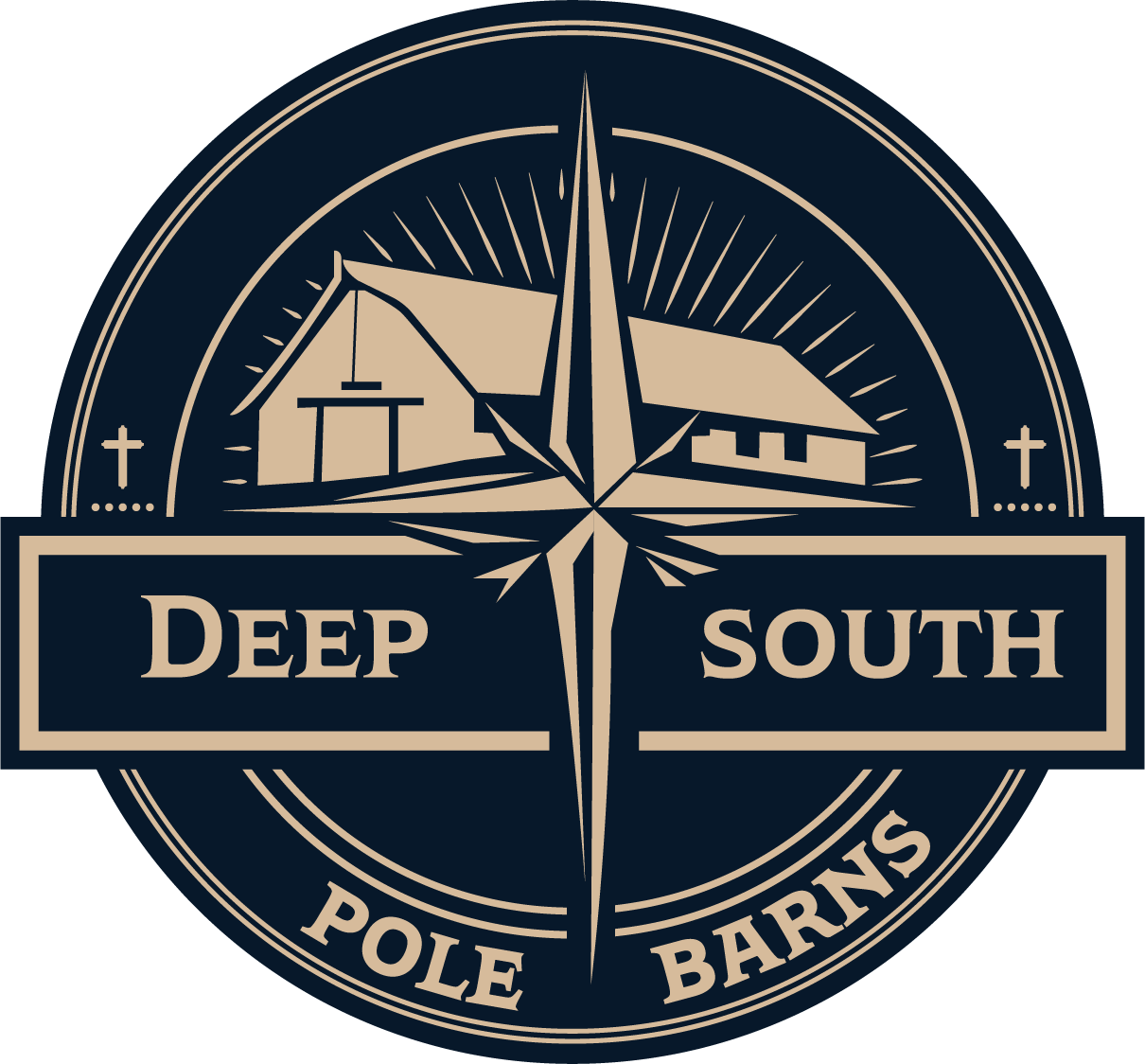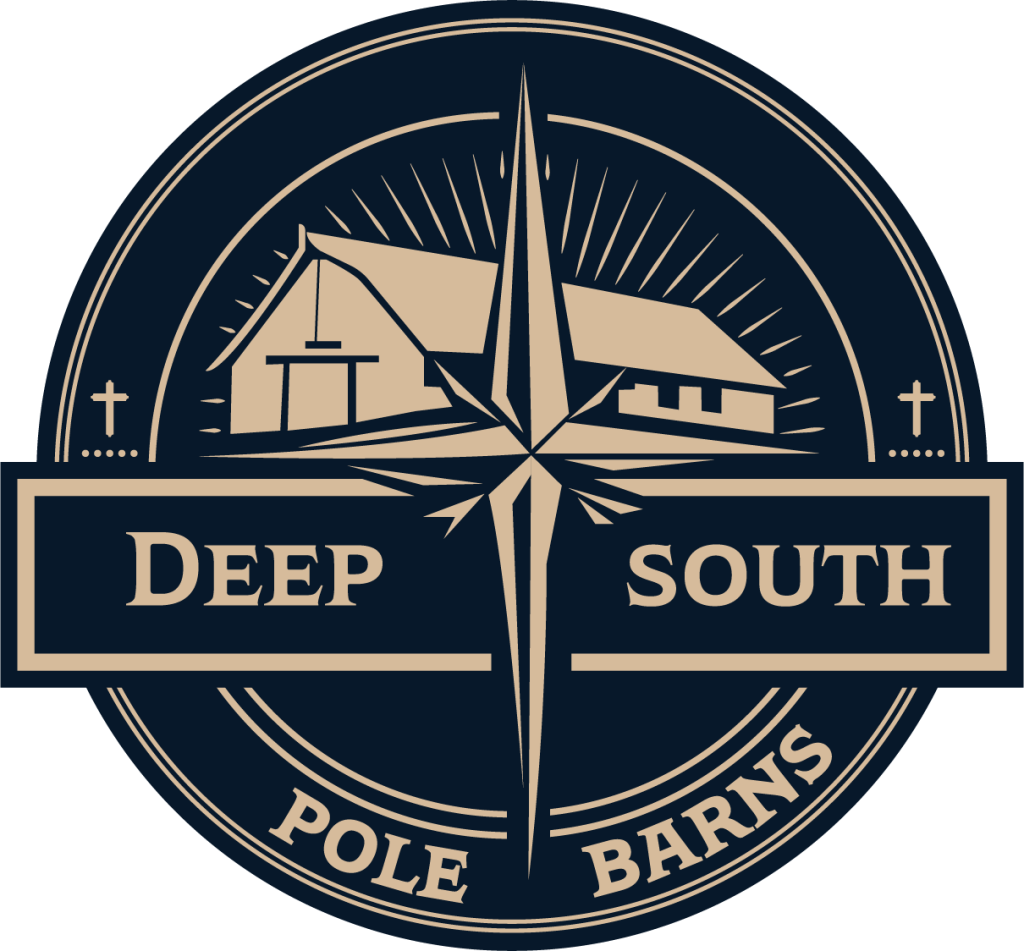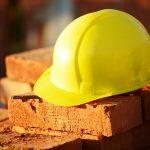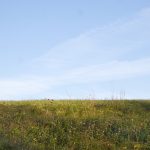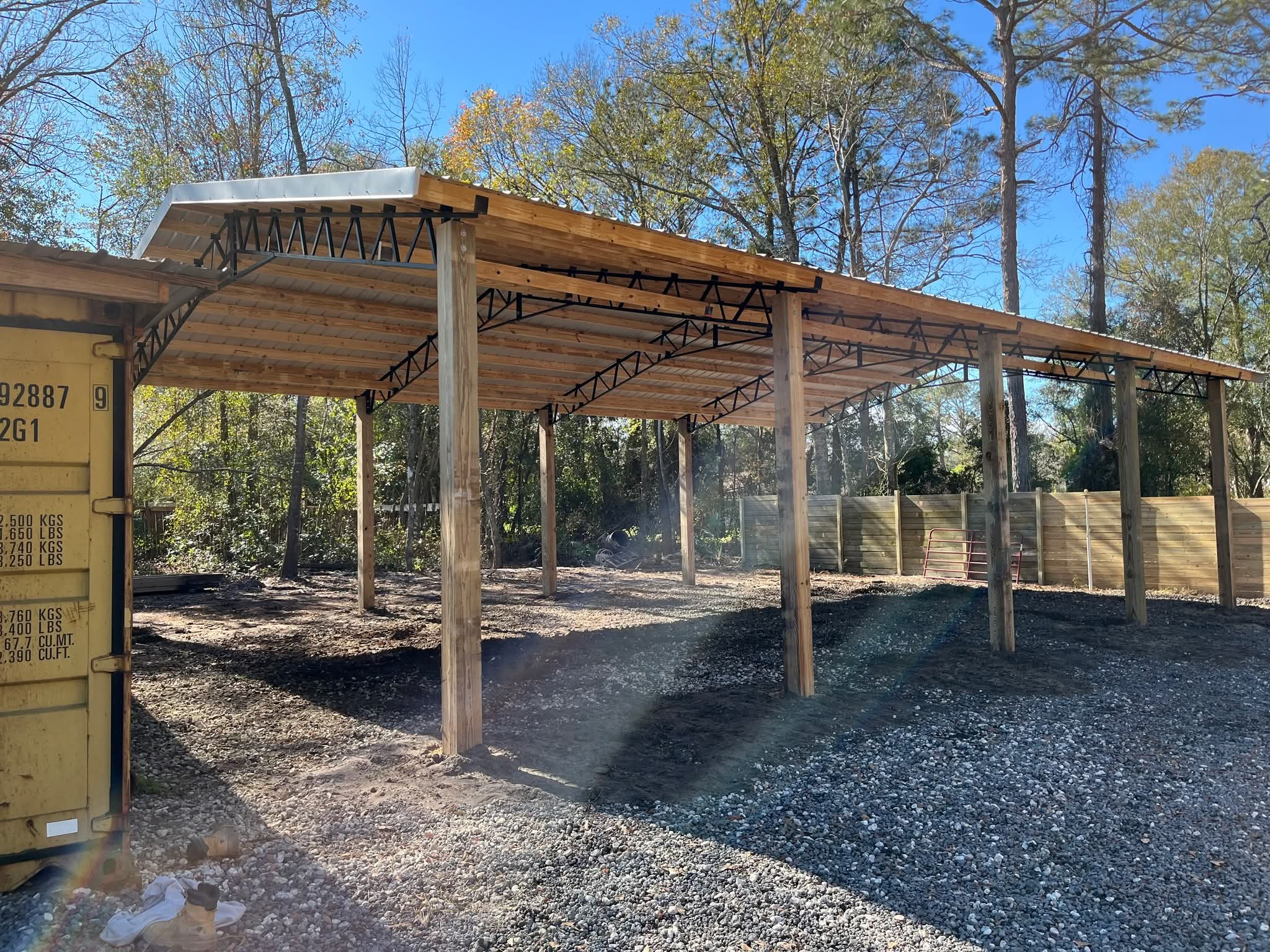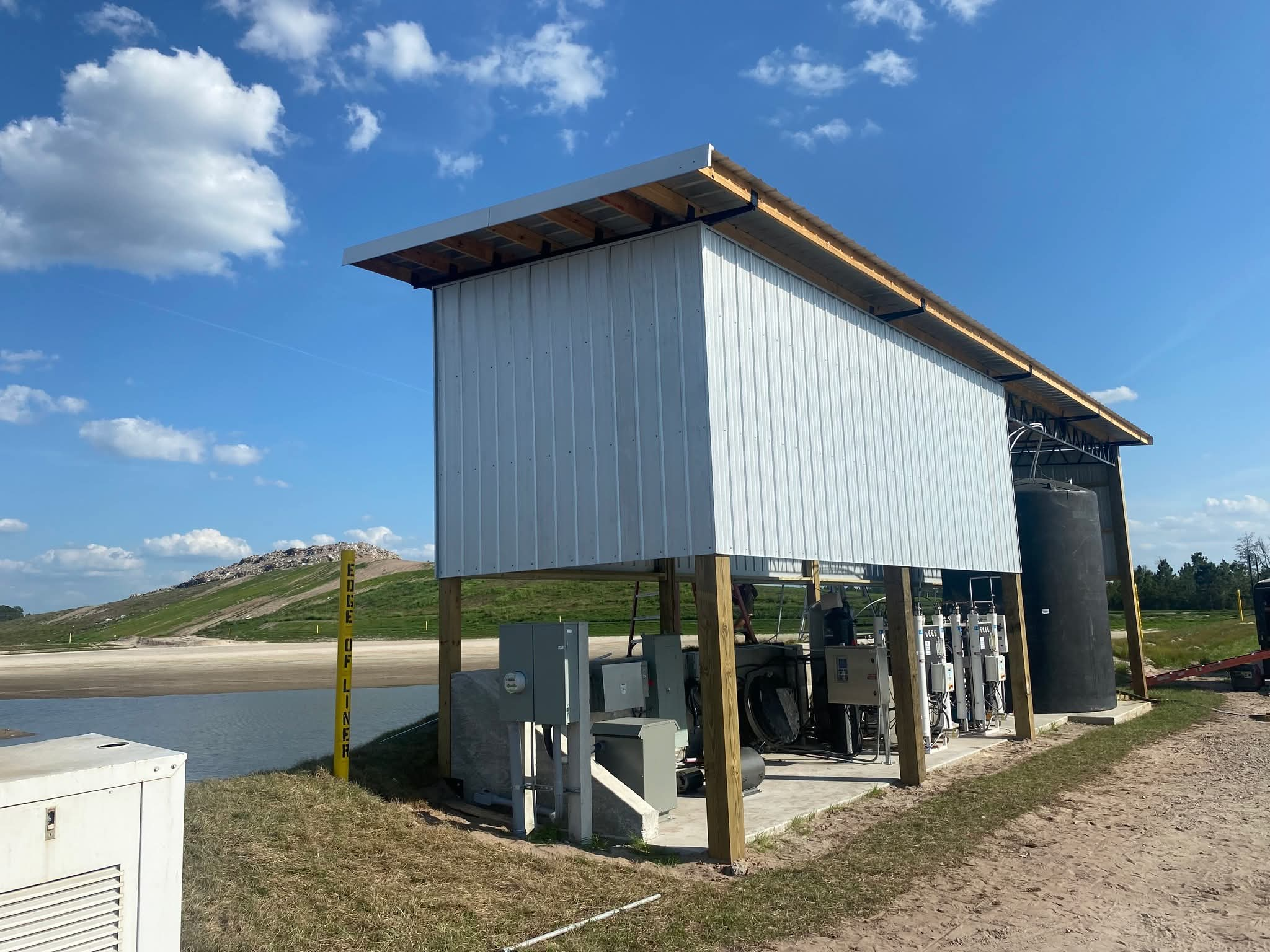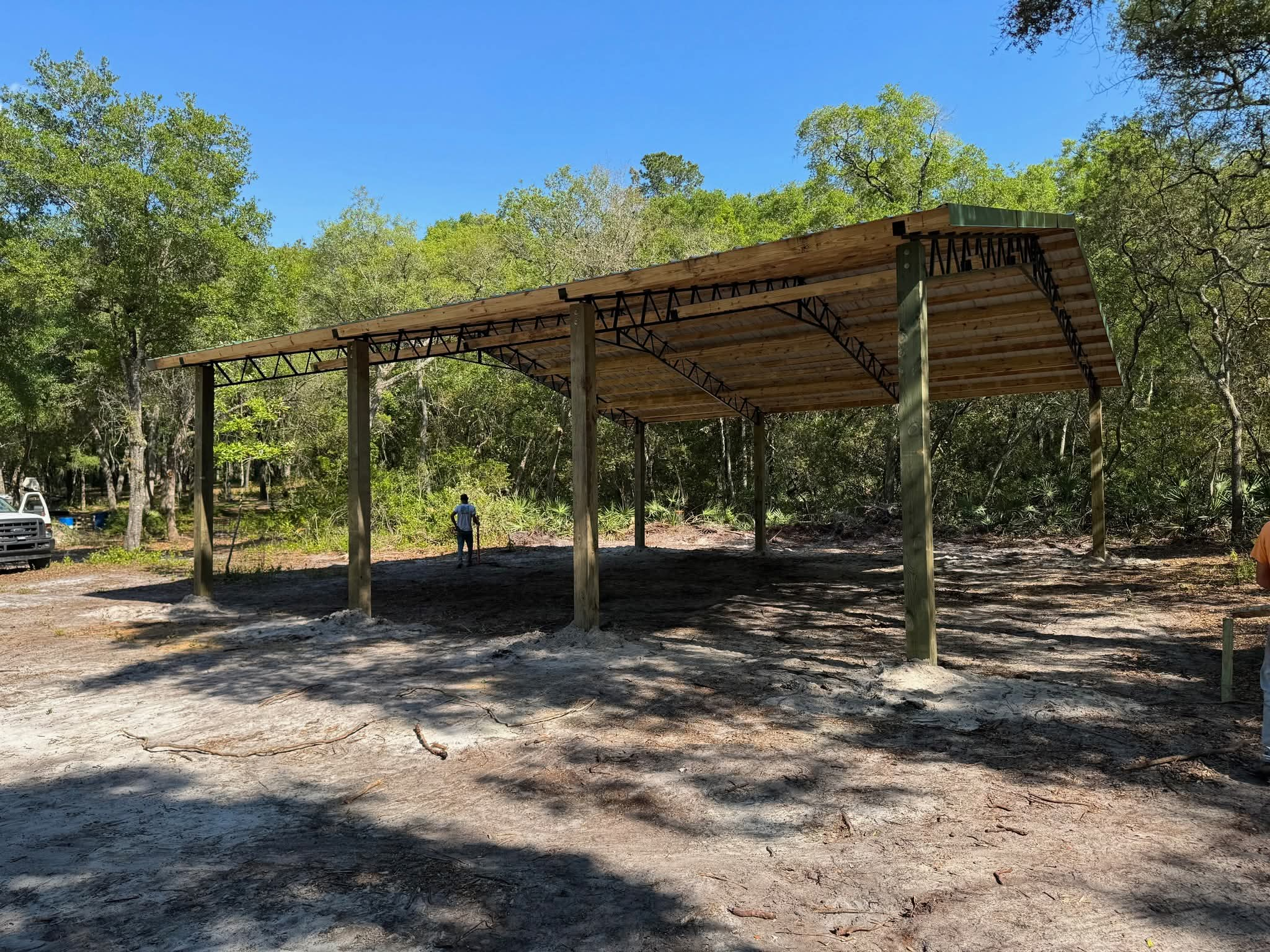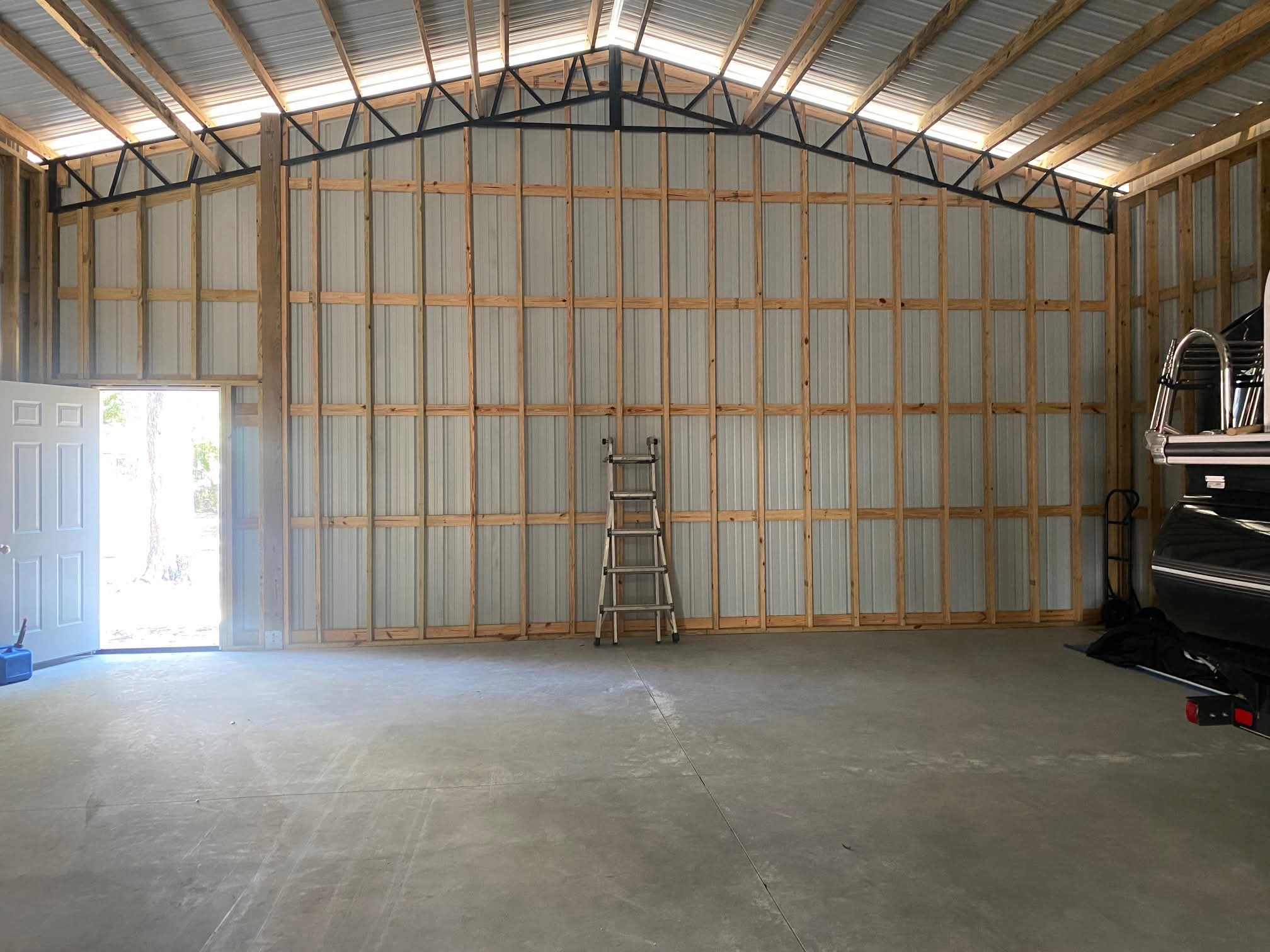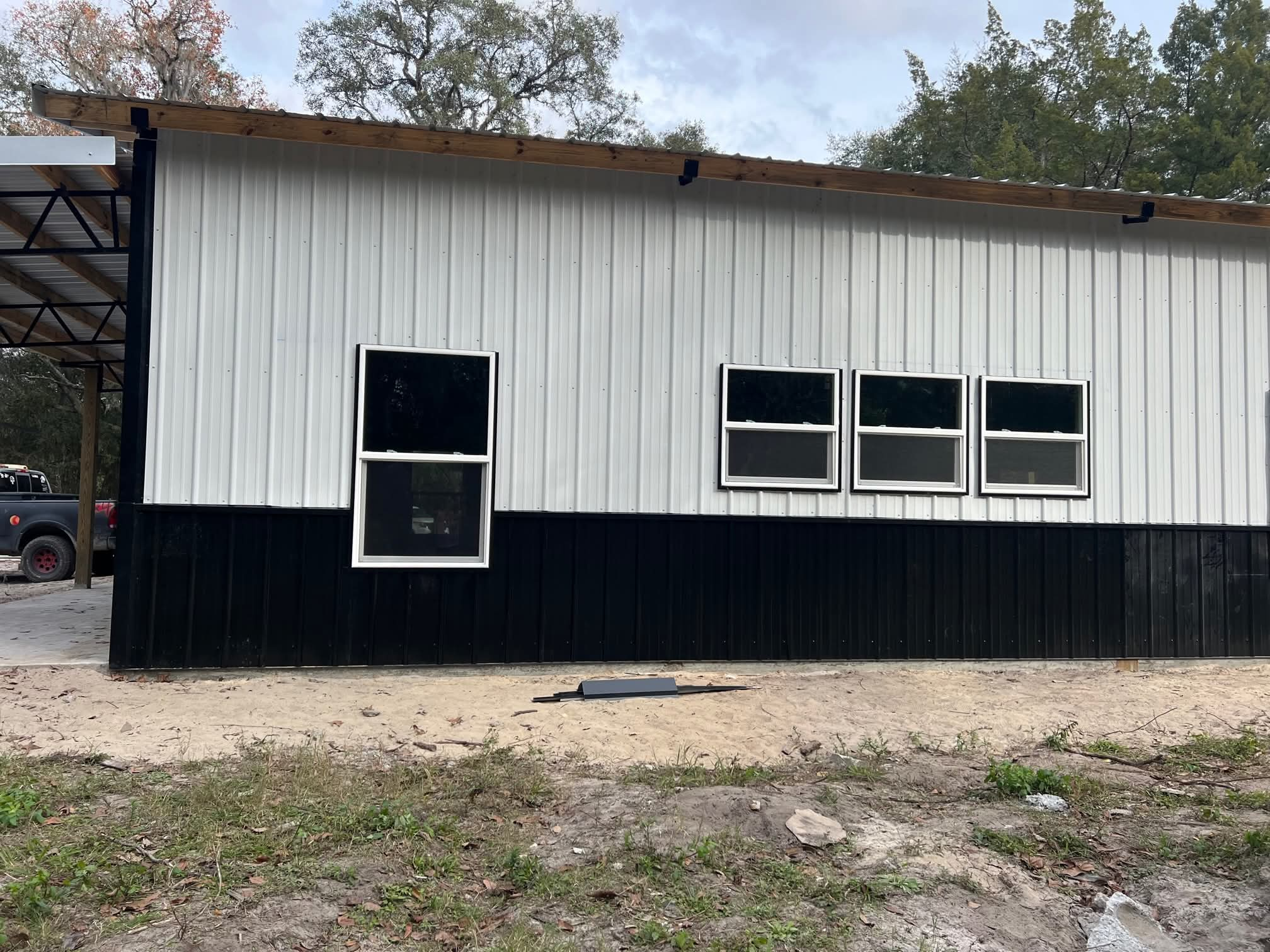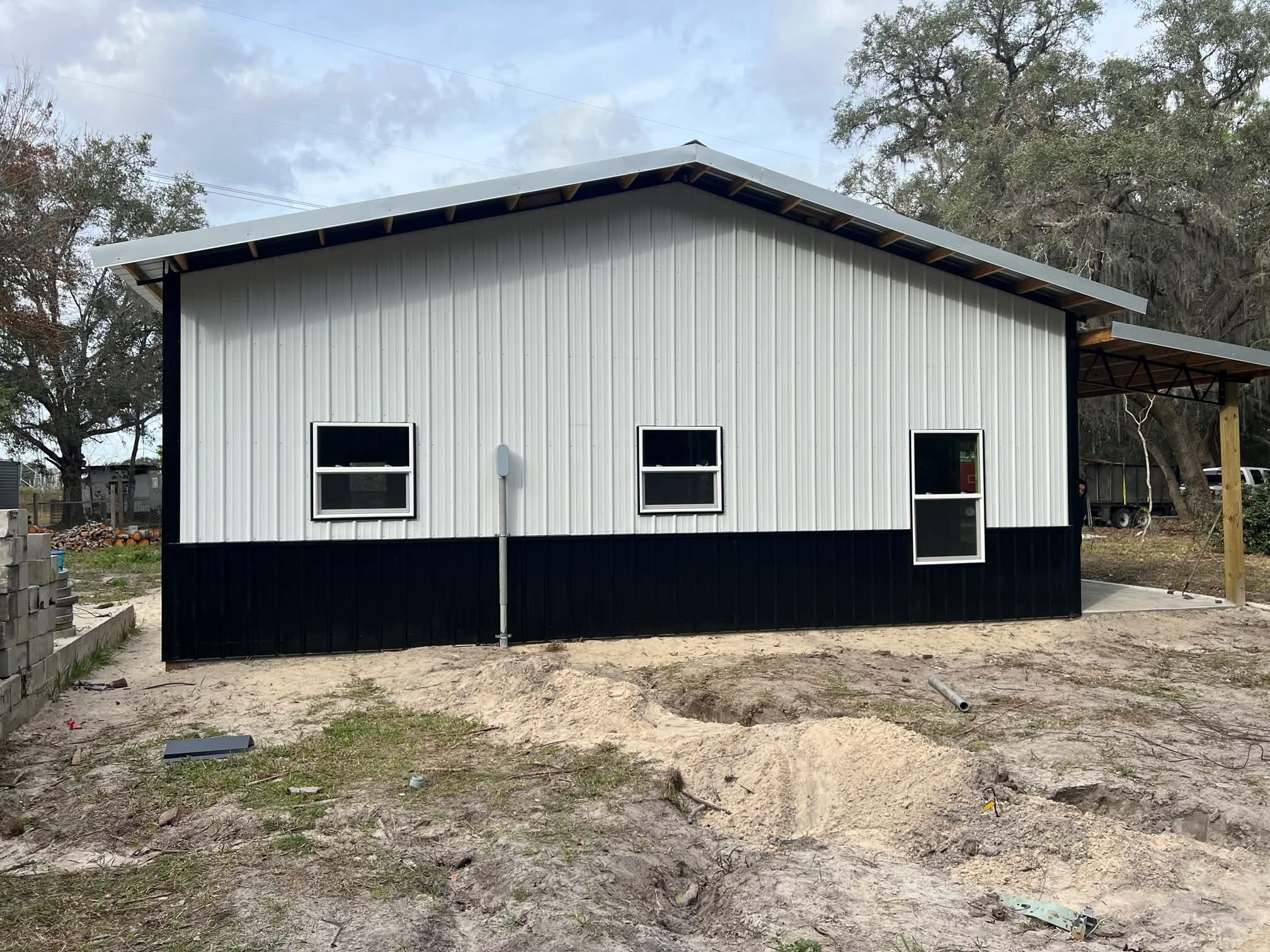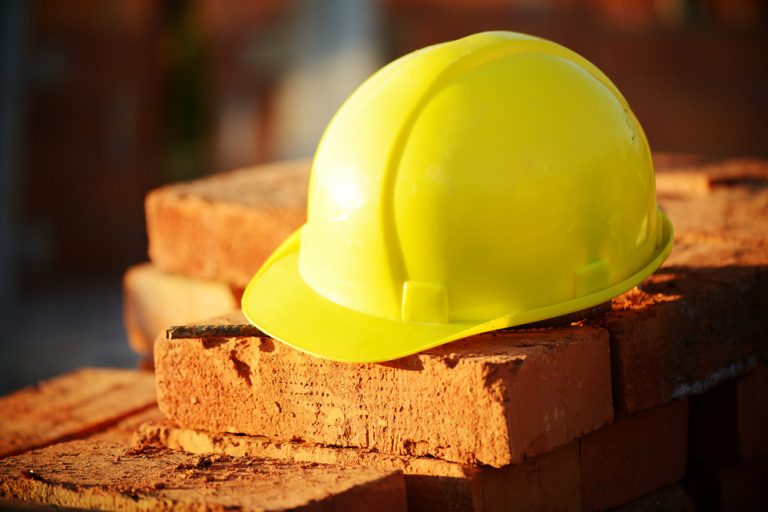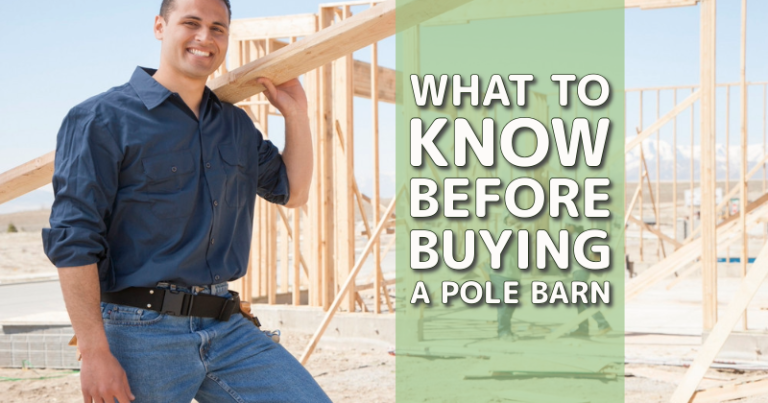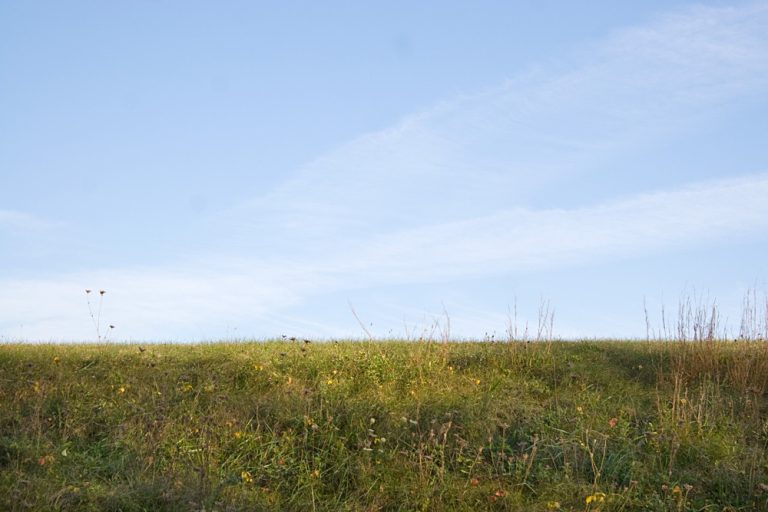Pole barns are renowned for their versatility and cost-effectiveness. They serve various purposes, from agricultural storage and workshops to residential spaces and commercial buildings. But beyond their practicality lies the opportunity to create a structure that truly reflects your style.
Whether you’re building a pole barn in flordia for storage, a workshop, or even a living space, customization and color schemes play a crucial role in ensuring the final result aligns with your aesthetic vision.
In this guide, we’ll walk you through practical tips and creative ideas to design a pole barn that’s both beautiful and functional.
Why Customization Matters in Pole Barn Design
Pole barns are incredibly versatile structures, known for their durability, affordability, and quick construction. However, their true potential lies in their ability to be customized to suit your unique needs and preferences. From the exterior finish to the interior layout, every detail can be tailored to reflect your style.
For example, if you’re building pole barns kits in Florida, you’ll want to consider factors like the local climate, architectural trends, and how the structure complements your property. Customization ensures your pole barn isn’t just practical but also a seamless extension of your home or business.
1. Defining Your Aesthetic Vision: The Foundation of Design
Before diving into specific design elements, it’s crucial to establish a clear understanding of your desired aesthetic. This involves exploring different styles, identifying your preferences, and envisioning how your pole barn will integrate with its surroundings.
- Exploring Architectural Styles: Browse architectural magazines, online design platforms like Pinterest and Houzz, and even take inspiration from buildings in your area. Consider various styles, such as:
- Rustic/Farmhouse: Characterized by natural materials, warm tones, and a sense of simplicity.
- Modern/Industrial: Emphasizes clean lines, minimalist details, and often incorporates metal and concrete.
- Traditional/Colonial: Features classic proportions, symmetrical designs, and often uses brick or siding.
- Contemporary/Eclectic: A blend of styles, allowing for unique and personalized expressions.
- Identifying Your Preferences: Pay attention to the details that appeal to you. Do you prefer the texture of natural wood or the sleekness of metal? Are you drawn to bold colors or subtle neutrals? Consider the following:
- Materials: Wood, metal, concrete, brick, etc.
- Colors: Explore color palettes that resonate with you.
- Textures: Rough, smooth, matte, glossy, etc.
- Details: Trim, windows, doors, roofing styles.
- Contextual Harmony: Your pole barn shouldn’t exist in isolation. It should complement its environment and the existing structures on your property. Consider the following:
- Landscape: The surrounding terrain, vegetation, and natural features.
- Existing Buildings: The style and colors of your house and other outbuildings.
- Neighborhood Aesthetics: The overall architectural character of your community.
2. The Structure Itself: Customization Options
The basic structure of your pole barn offers numerous opportunities for customization, allowing you to tailor it to your specific needs and aesthetic preferences.
- Size and Layout: Determine the appropriate dimensions based on your intended use. Consider the layout of interior spaces, including work areas, storage, and living quarters (if applicable).
- Roofing Styles: The roof significantly impacts the overall look of your pole barn. Explore different options:
- Gable: A classic and versatile choice.
- Gambrel: Offers more headroom and storage space.
- Lean-to: A simple and economical option.
- Hip: Provides a more finished and elegant appearance.
- Siding Materials: Choose siding that complements your desired style and provides the necessary protection.
- Wood: Offers a natural and rustic look.
- Metal: Durable and versatile, suitable for various styles.
- Vinyl: Low-maintenance and cost-effective.
- Brick or Stone: Adds a touch of elegance and permanence.
- Doors and Windows: Strategically placed doors and windows enhance both functionality and aesthetics.
- Door Styles: Choose doors that match the overall style of your pole barn.
- Window Types: Consider the size, shape, and style of your windows.
- Placement: Maximize natural light and ventilation.
3. Color Schemes: Setting the Mood
Color plays a crucial role in creating the desired atmosphere and visual appeal of your pole barn. Careful consideration of color palettes can transform a simple structure into a stunning architectural statement.
- Understanding Color Theory: Familiarize yourself with the basics of color theory, including the color wheel, complementary colors, and analogous colors.
- Choosing a Color Palette: Select a color scheme that complements your aesthetic vision and the surrounding environment. Consider the following:
- Main Color: The dominant color of your pole barn.
- Accent Colors: Used to highlight specific features.
- Trim Color: Often a contrasting color to frame windows, doors, and other details.
- Harmonizing with the Landscape: Choose colors that blend well with the natural surroundings.
- Creating Visual Interest: Use color to create focal points and add depth to your design.
- Examples of Color Schemes:
- Rustic Farmhouse: Warm neutrals, earthy tones, with accents of green or blue.
- Modern Industrial: Cool grays, blacks, and whites, with pops of bold color.
- Traditional Colonial: Classic whites, creams, and blues, with accents of red or green.
4. Customization Details: Adding Personal Touches
The smaller details can make a big difference in the overall aesthetic of your pole barn. Consider adding personalized touches that reflect your individual style.
- Trim and Molding: Decorative trim around windows, doors, and the roofline can enhance the architectural detail.
- Shutters: Functional or decorative shutters can add a touch of charm.
- Porches and Overhangs: Create a welcoming entrance and provide shade.
- Lighting: Choose lighting fixtures that complement the style of your pole barn.
- Landscaping: Landscaping plays a vital role in integrating your pole barn into its surroundings. Plant trees, shrubs, and flowers to soften the lines and create a more inviting space.
Statistics to Consider When Designing Your Pole Barn
When planning your pole barn, it’s helpful to keep industry trends and data in mind. Here are two key statistics to guide your decisions:
- Pole barns are 30-40% more cost-effective than traditional construction methods due to their simpler design and faster build times. This makes them an excellent choice for homeowners looking to maximize their budget without sacrificing quality.
Source: National Frame Building Association (NFBA) - The pole barn construction market is expected to grow at a CAGR of 6.2% from 2023 to 2030, driven by increasing demand for affordable and versatile storage and living spaces. This growth highlights the popularity and practicality of pole barns across the country.
Source: Grand View Research
Practical Tips for Florida Pole Barns
If you’re building Florida pole barns, there are a few additional considerations to keep in mind:
1. Prioritize Weather Resistance
Florida’s climate can be tough on structures, with high humidity, strong winds, and intense sunlight. Choose materials and colors that are specifically designed to withstand these conditions.
2. Incorporate Ventilation
Proper ventilation is essential to prevent moisture buildup and keep the interior comfortable. Consider adding ridge vents, louvers, or fans to improve airflow.
3. Work with Local Experts
Partnering with a reputable company like Deep South Pole Barns ensures your pole barn is designed and built to meet Florida’s unique challenges. Their expertise in pole barn kits Florida and custom designs can help you achieve the perfect balance of form and function.
4. Cost Considerations:
While customization is essential, it’s also important to consider your budget. Prioritize the features that are most important to you and explore cost-effective options where possible.
Pole barns are cost-effective building option compared to traditional stick-built structures, offering potential savings on materials and labor. The pole barn market in the United States is experiencing growth, driven by demand for agricultural, residential, and commercial applications.
Final Thoughts
Designing a pole barn that matches your aesthetic vision is an exciting process that allows you to create a space that’s uniquely yours. By focusing on customization, choosing the right color scheme, and considering practical factors like climate and functionality, you can build a pole barn that’s both beautiful and durable.
Start planning your dream pole barn today and enjoy a structure that’s as functional as it is visually stunning.
By following these tips and incorporating your personal style, you’ll create a pole barn that not only meets your needs but also enhances the beauty and value of your property. Happy designing!
